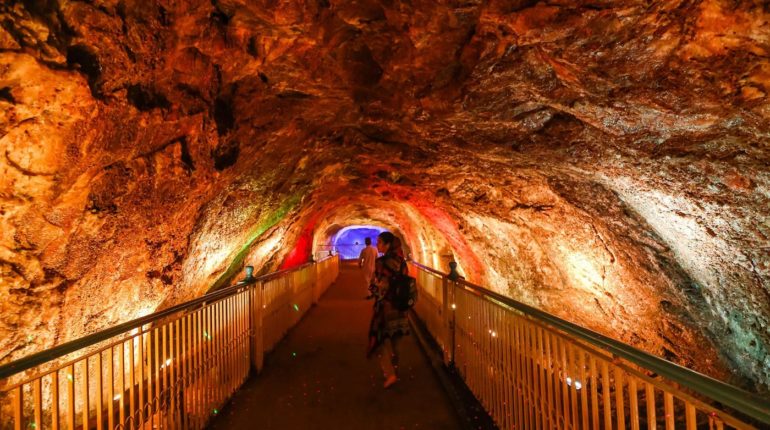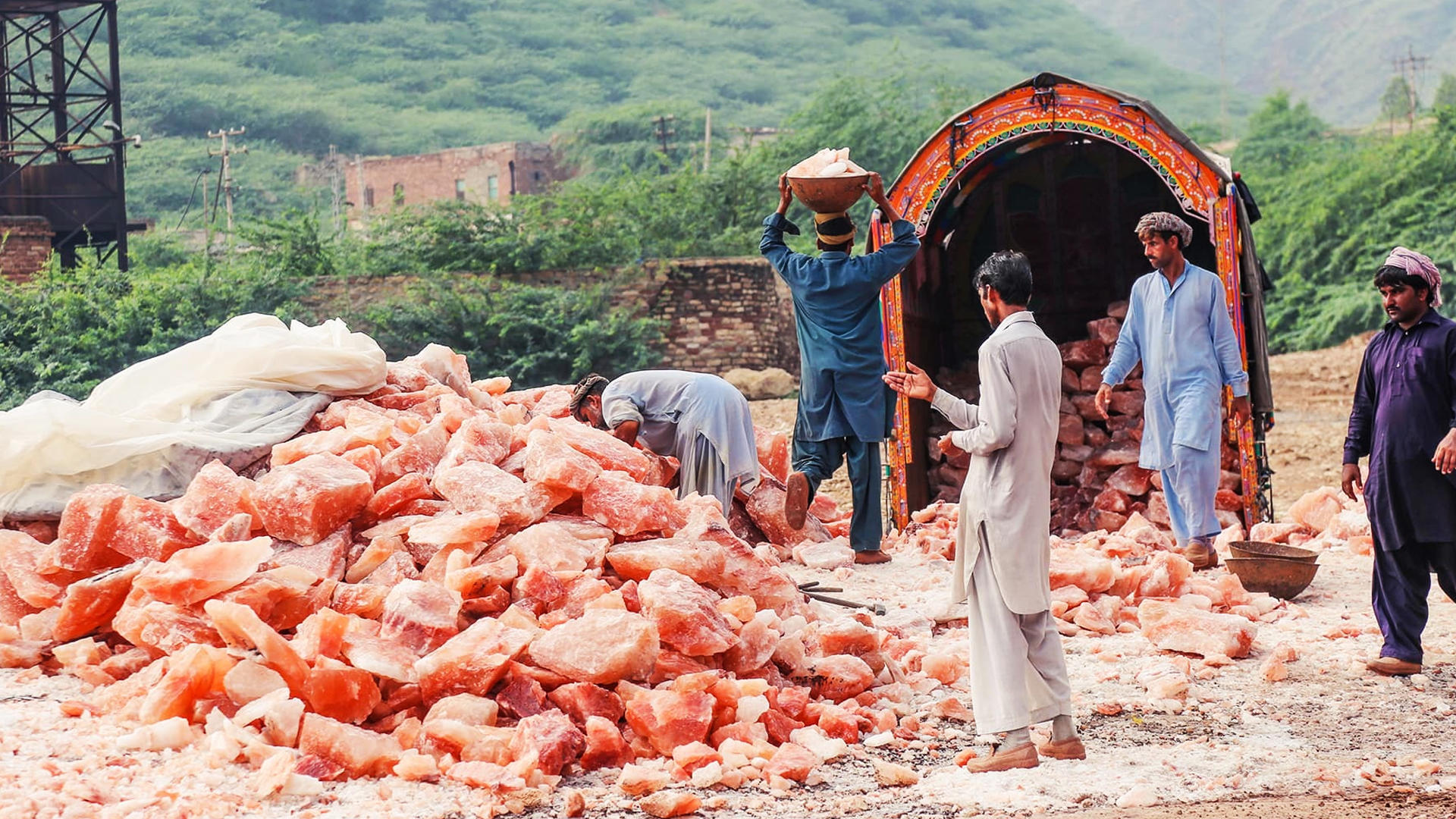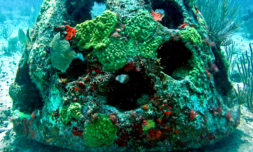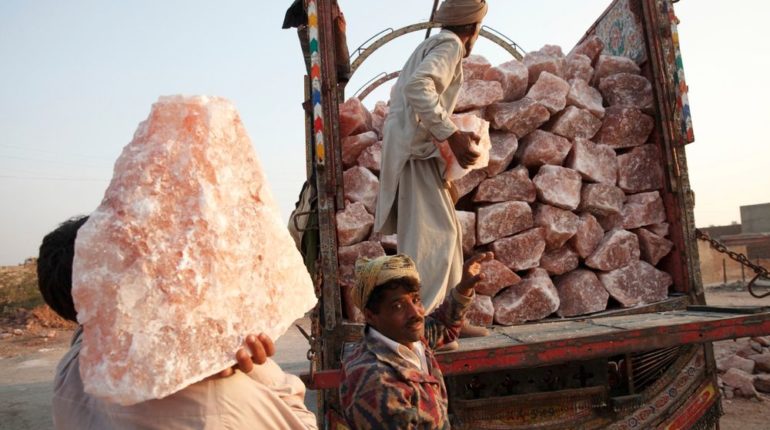The proclaimed health benefits of Himalayan salt have led to increased demand for the pink crystals – for food, beauty products, and home wear – but most people know little about where it comes from.
When it comes to Himalayan salt lamps, the truth isn’t in the title.
The distinctive pink salt rocks are actually sourced from the gigantic Khewra mines in Pakistan, situated hundreds of kilometres from the Himalayan Mountains which span across the northern region of India.
The salty, pink masses were formed by ancient seabeds which crystalised over 250 million years ago during the Jurassic period. As the world’s second largest pink salt mine, the Khewra mines have nineteen stories in total, with eleven located underground.
The 250,000 tourists who visit Khewra each year to pore over the carved-out domes and supporting pink pillars know that India is simply the primary exporter of the product, rather than the producer of it.
There is estimated to be anywhere from 82 million tons to 600 million tons of salt in the Khewra mine, however only about 400,000 tons of the stuff is exported and sold each year.
Although the Khewra mine reserves are vast (its underground tunnels cover an area larger than 100km), pink salt is a finite resource. Our growing love for the product, combined with rising political tensions between India and Pakistan, have led leaders in Pakistan to demand credit where it’s due.























